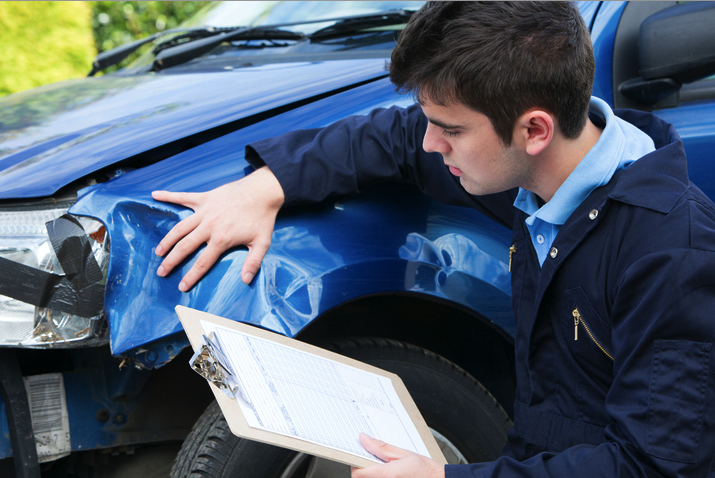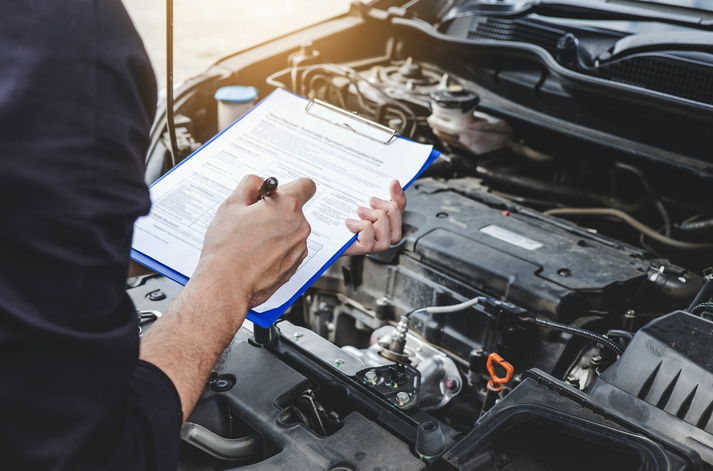3 Important Things a Collision Estimator Should Remember When Writing a Collision Estimate

The collision estimator has an important job at the auto body shop, having the responsibility of providing the client with an accurate estimate for a vehicle repair. When assessing a damaged car, the collision estimator draws up a contract, in which the total cost of repairs is mutually agreed upon by both the repair shop and the customer. Signing this contract gives the shop the authority to repair the vehicle.
As the stakes may be high for the customer, the collision estimator has to be careful to follow best practices when conducting an assessment. Here are three important things to remember when carrying out this task.
1. A Collision Estimator Must Communicate Clearly
While you might have performed numerous collision estimates, always remember that it’s likely one of the first times your customer has had an estimate done on their vehicle. With this in mind, it’s important to openly communicate all steps of the procedure and terms of the estimate with the customer. Don’t forget to make it clear that the cost of repairs written in the contract is only an estimate, and doesn’t guarantee the amount of the final invoice total. It’s also important to give the customer an indication as to how long the repairs might take.
If adjustments must be made to the original estimate, it’s part of your job as a collision estimator to contact the customer right away to inform them that unanticipated work is required on the vehicle. This additional estimate, called a supplement, will be added to the original suggested amount of cost for the invoice total.
An additional task of the collision estimator is to communicate with insurance companies, to provide the details of the customer’s insurance claim with the company they deal with. It’s especially important to keep insurance companies updated on any changes to the anticipated cost of repairs, so this doesn’t result in higher fees for the customer.

2. Gather as Much Information as Possible
It’s important to gather pertinent information about the auto accident in order to ensure that the estimate is as accurate as possible. Prior to writing up the contract, the car owner should be asked questions such as what direction they were travelling in, the speed they were at when the collision occurred, how many passengers were in the vehicle, what the road conditions were like, and so on. As experienced auto careers pros know, having this kind of information can help the estimator know what to examine closely when starting the inspection. Remember that the customer’s description of the accident may not be an accurate portrayal of what actually happened. Always apply good judgement and common sense.
3. Follow the Order of Operations
After gathering information, collision estimators should perform a walk-around inspection for more insight. Take photos and record any and all discoveries with a notepad, as these will be used in the collision estimate itself. Additionally, when inspecting the vehicle for damage, you should follow the sequence that corresponds with the estimating guide or system you’re using. This typically means inspecting the vehicle from the front to the back and outside toward the inside, examining one part at a time and taking detailed notes. Following these guidelines will make the final estimate easier to read and to understand.
Are you interested in beginning your auto body estimator training?
Check out ATC Surrey’s program options today.

